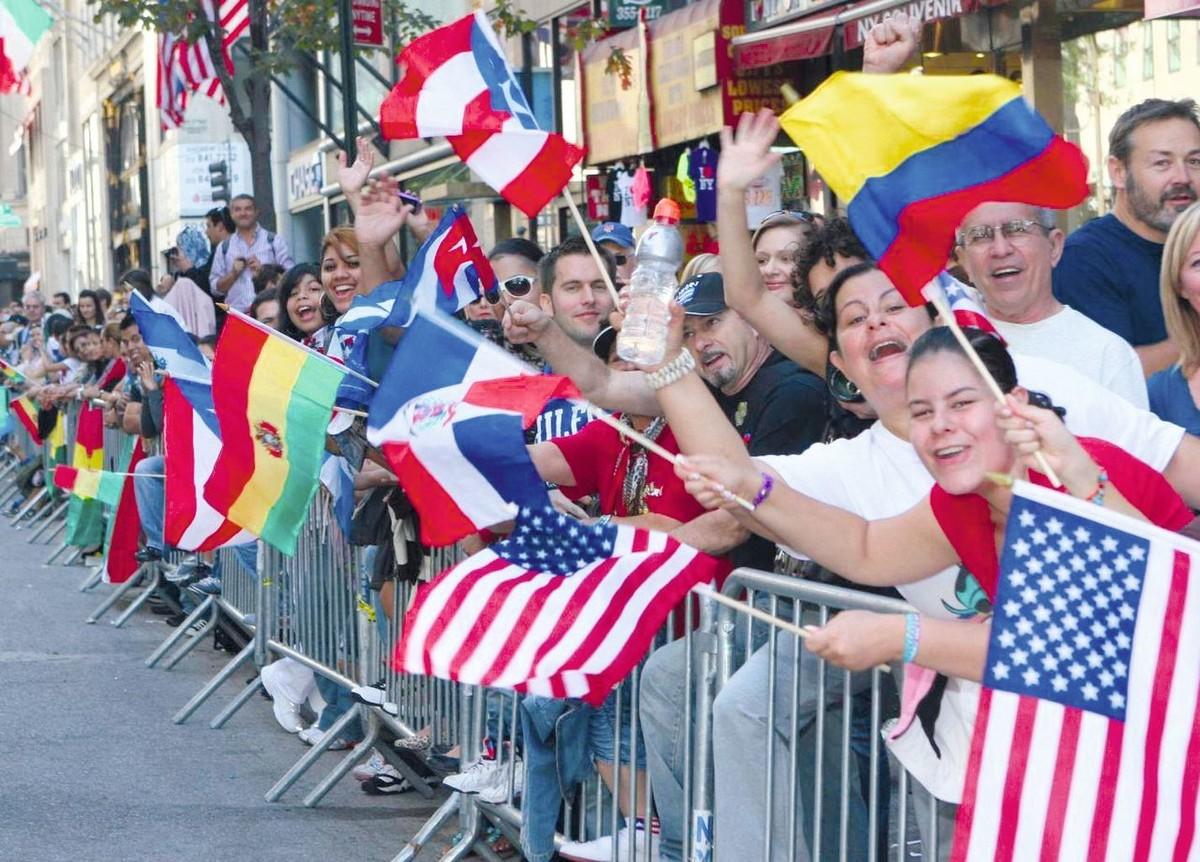Editorial

Este mes damos nuevamente inicio a la celebración de la cultura hispana en los Estados Unidos, lo cual conlleva a la celebración de múltiples actividades conmemorativas y de celebración que ponen de manifiesto la gran diversidad cultural que implica formar parte de lo que llamamos la cultura hispana.
En realidad, es esa diversidad la que debemos celebrar porque también grandes diferencias nos enriquecen más que separarnos. Cada vez está más cerca la hora de que los millones de indígenas que integran nuestros países sean incorporados con igualdad de derechos y no sigan siendo solo de uso folclórico o gastronómico. A ellos y a los otros millones de personas que llegaron de todas partes del planeta, realmente debemos el que podamos aportar una manera de ver el mundo bien particular.
Debemos de tener en cuenta que fue en este continente donde se inventó el número cero, los mayas, o que se domesticó una planta que le quitaría el hambre a millones de seres desesperados que de otra manera abrían dado con sus huesos en la tierra: la papa. Y esto solo hablando de lo antiguo.
En tiempos modernos contamos con la música, la literatura, la pintura etc., en la que se han visto tantos talentos. Entre ellos, uno que nos ha dejado hace muy poco: Fernando Botero, el genial colombiano de las grandes dimensiones; o el par de jóvenes astrónomas Laura Pérez y Paola Pinilla, que ganaron el Oscar de la ciencia por su predicción, descubrimiento y modelamiento de los “dust traps” -o trampas de polvo-, que son clave a la hora de estudiar los primeros pasos de la formación planetaria.
La reflexión es permanente y la búsqueda también, me refiero a la búsqueda de ser incluidos en la corriente histórica formal de este país. Al contrario de lo que algunos piensan, como por ejemplo el actual gobernador de Florida, mantengo que la historia vista desde el punto de vista hispano debe formar parte de los currículos de la enseñanza de la historia americana en las aulas de nuestras escuelas.
El hecho de que Delaware cuente ya con dos escuelas primarias y una secundaria completamente bilingüe es algo que, sin duda, generara una conciencia de las Américas en pocos años. Así, Américas en plural es como debemos abordar nuestra conciencia histórica, con múltiples fuentes de alimentación espiritual que nutren un todo que nos hace sentir americanos del norte, centro y sur.
Entiendo que este mes de celebración bien puede ser una oportunidad de leer a nuestros escritores, escuchar nuestra música, disfrutar de nuestros platillos y conocer gente de otros países, que enriquezcan nuestra visión del mundo, ya que de todos podemos aprender algo.
También es la oportunidad de mostrar y compartir todo aquello en lo que somos buenos y diferentes. Somos una cultura viva y en movimiento, en constante cambio, ya que lo único que no cambia es el cambio.
Y de esa manera terminaremos siendo el cambio que tanta falta hace en este país para lograr realmente una sociedad más diversa y democrática.
Celebramos, pues, una vez más el mes de la hispanidad.
Editorial

This month, we once again begin the celebration of Hispanic culture in the United States, which involves commemorating and celebrating multiple activities that highlight the rich cultural diversity that is part of what we call Hispanic culture.
In reality, it is this diversity itself that we should celebrate because these differences enrich us more than they divide us. The time is getting closer for the millions of Indigenous people who make up our countries to be incorporated with equal rights and not remain only for folkloric or gastronomic reference. To them and the millions of others who have come from all parts of the world, we genuinely owe the ability to offer a unique way of viewing the world.
We must remember that it was on this continent where the number zero was invented by the Mayans or where a plant was domesticated that would alleviate the hunger of millions of desperate people who otherwise would have perished: the potato. And this is just speaking of ancient times.
In modern times, we have music, literature, painting, and more, in which so many talents have been seen. Among them, one who recently left us: Fernando Botero, the brilliant Colombian known for his art of large and exaggerated volume; or the pair of young astronomers, Laura Pérez and Paola Pinilla, who won the Oscar of science for their prediction, discovery, and modeling of “dust traps,” which are crucial for studying the early stages of planetary formation.
Reflection is ongoing, and so is the search. I mean the search for inclusion in the formal historical narrative of this country. Contrary to what some may think, such as the current governor of Florida, history from the Hispanic perspective should be part of the American history curriculum in our schools.
The fact that Delaware already has two bilingual elementary schools, and a bilingual high school will undoubtedly create an awareness of the Americas in a few years. So, we should approach our historical consciousness as “Americas” in the plural, with multiple sources of spiritual nourishment enriching a whole, thus making us feel like North, Central, and South Americans.
This celebration month can be an opportunity to read our writers, listen to our music, enjoy our dishes, and meet people from other countries who can enhance our worldview, as we can learn something from everyone.
It is also an opportunity to showcase and share everything in which we excel and are different. We are a living culture in motion, constantly changing, as the only thing that doesn’t change is change itself.
In this way, we will ultimately become the change that is much needed in this country to achieve a more diverse and democratic society. So, once again, we celebrate Hispanic Heritage Month.

